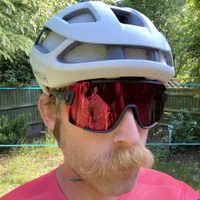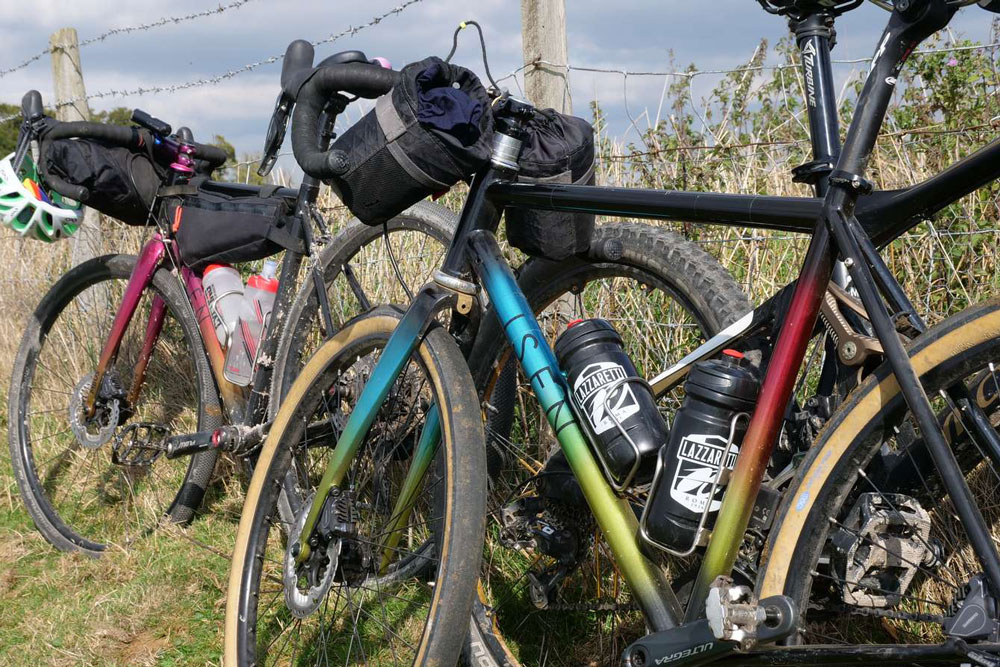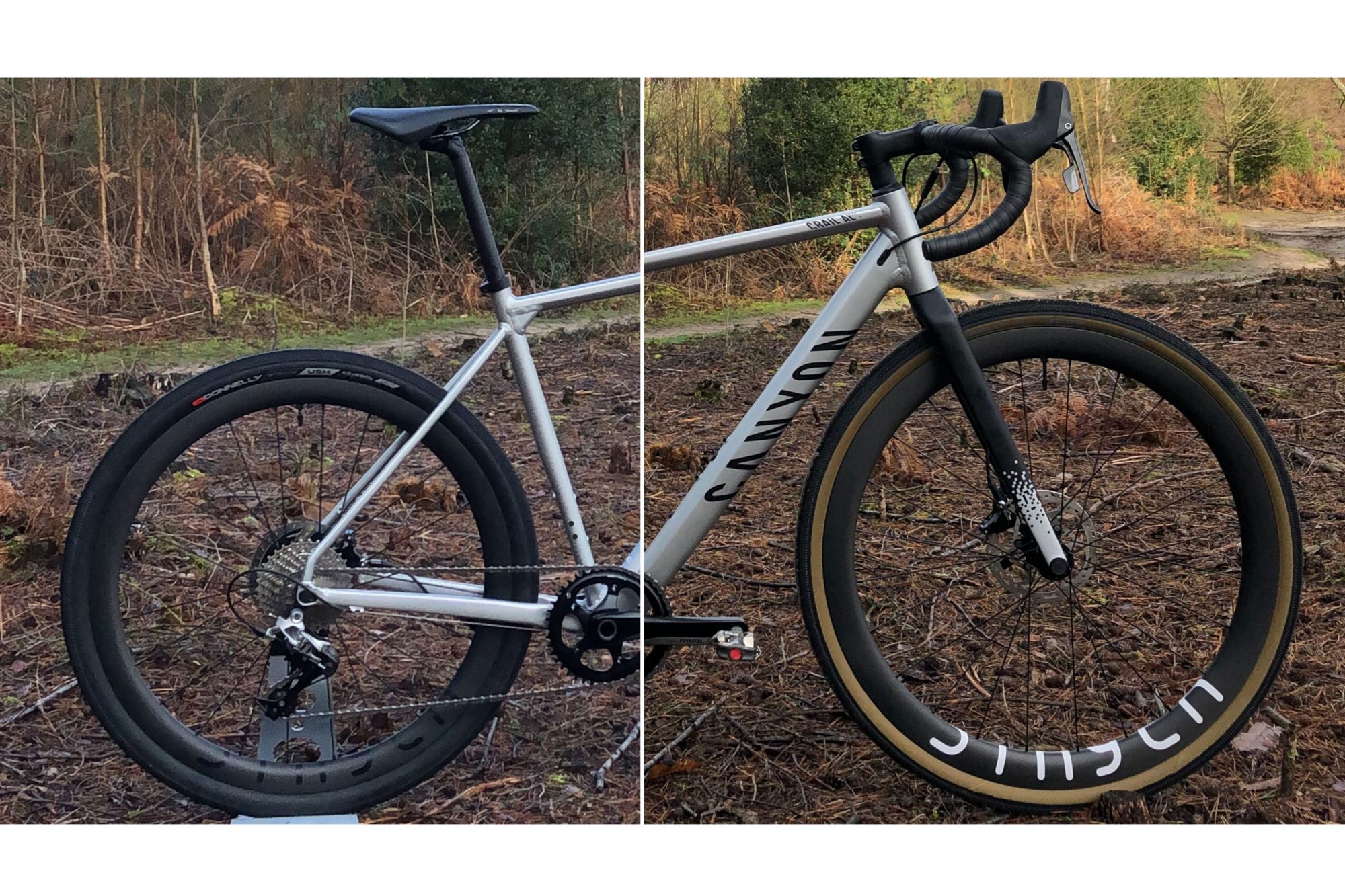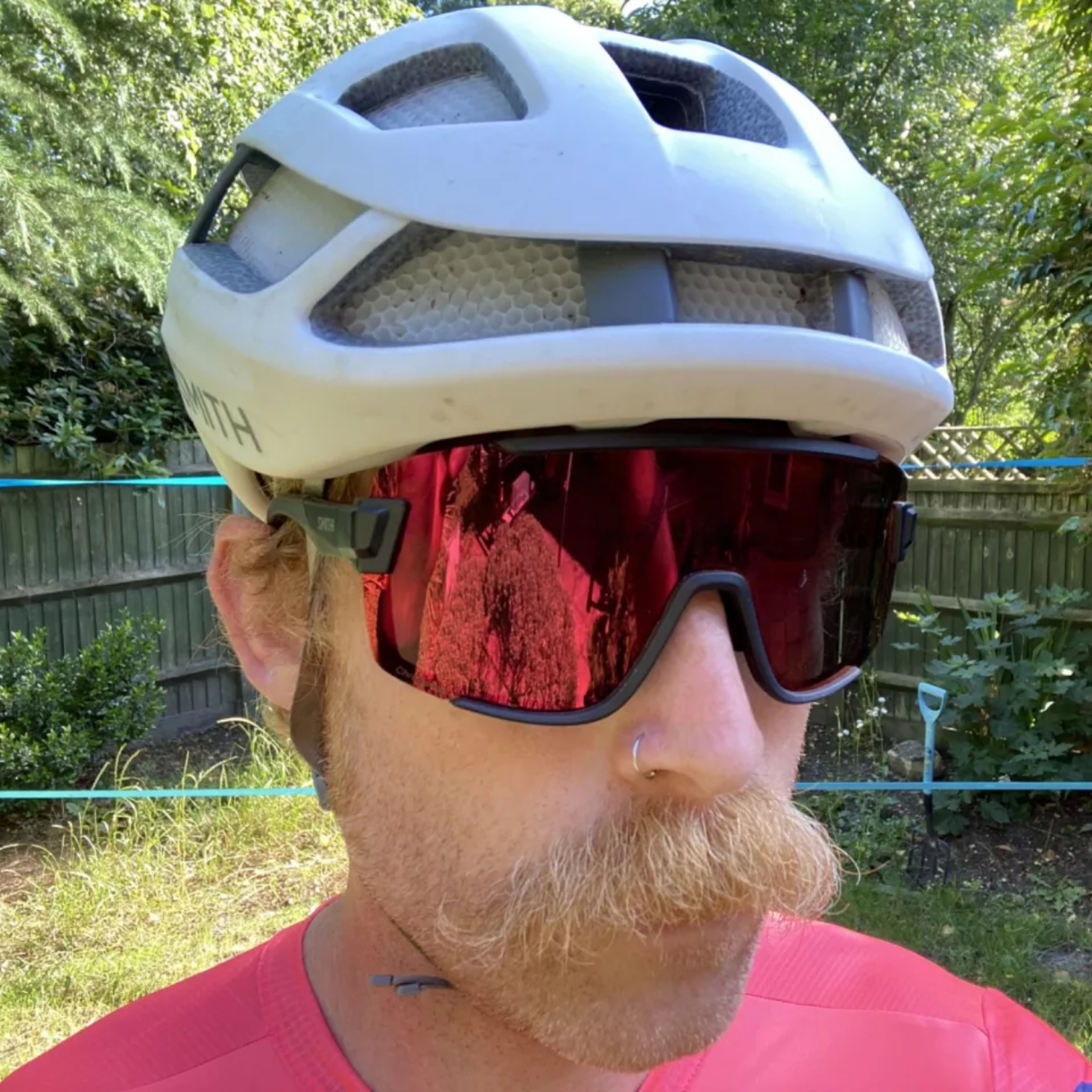650b or 700c, which is better for your gravel bike?
Wondering about the impact of differing wheel sizes?

When was the last time you had to think about your wheel size? If you’re a road rider you probably have never thought about the size and quite rightly so. With just a few exceptions road wheels have been set at 700c for quite some time.
>>> Best gravel and adventure bikes
But what if you’ve started to look at the world of gravel riding? Over there on the off-road stuff you’ll also find another wheel size, 650b, bandied about. This smaller size offers an alternative set of properties and performance benefits. Pairing smaller rims with wider tyres can transform how a bike rides especially when you want to go fully of-road.
Now we’re not saying you can fit a set of 650b wheels to just any bike, that can have a pretty detrimental effect to the ride of the bike and of course, if you have rim brakes it certainly isn’t going to work. But if you’re new bike says it comes with the capability to run both, or you have a fairly new gravel or adventure style bike then you might be curious as to what would happen if you fit a different wheel size.
So before we delve any deeper let’s take a closer look at the two wheel sizes and a bit of the theory behind how your bike might change.
700c
So let's look first at the 700c wheel; the one that we're most familiar with. Interestingly, they don't actually measure 700 millimetres. The technical measurement for the diameter of the wheel is actually 622 millimetres - it isn't even the measurement of the diameter of the wheel itself, it's actually the diameter to the rim bed, the base of the rim on which your inner tube would sit.
The latest race content, interviews, features, reviews and expert buying guides, direct to your inbox!
The best road bike wheels for 2020
700c obviously has some pretty big performance benefits, otherwise why would we be using them? First and foremost, the one that everyone always talks about is good old rolling resistance, or their lack of resistance. So technically, a larger wheel should roll smoother and faster for a set distance. Because it's a larger diameter it will carry more momentum as well so it should keep you rolling further and should maintain speed better than a smaller wheel.
The final thing, the one thing that obviously is most important. if we're considering going off road, is the way that a larger wheel can cope with obstacles. We only have to look at the world of mountain bikes where everyone knows that the larger 29er wheel tends to roll better over obstacles than the smaller 27.5" the classic 26 inch.
What about 650b?

Now if we look at 650b as the name suggests, it measures 650 millimetres from the outside to the outside, including a tire. But just as with 700c, the true measurement is actually 584 millimetres to the rim bed.
There's a few advantages for a smaller wheel size. Being smaller it accelerates faster than a 700c so your bike will get up to speed quicker than one with larger wheels. So it technically should be faster from a standing start.
You'll also notice that the majority of the 650b wheels will come with a wider bigger volume ties, and that's probably the biggest advantage that most people talk. Running a bigger tire on a smaller wheel still ensures you have good clearances in your frame and forks. Also, because you can run a wider, higher volume tire it will have better bump absorption and grip. It also means you can run lower pressures with less fear of puncturing, so for off road riding it should provide more grip.
Now the way that most brands will get away with enabling a bike to run both 700c and 650b is down to the size of tyre a brand recommends. So they plan on making sure that you're running tires that will give both wheels roughly a similar outside diameter. So technically a 7ooc running a 28 to a 32 millimetre tyre width is going to give a very similar outside diameter to a 650b running a 45 or 47 millimetre tyre. This will ensure that the fundamental geometry and handling of a bike should remain relatively constant.
What happens to geometry and handling with different wheel sizes?

If you swap your wheels around, dependent upon the tyres you use, there can be plenty of changes to the geometry of your bike. When we talk about geometry we're talking about the angles and dimensions of your bike. If you're wondering why this is important, these angles and measurements dictate just how well your bike will ride.
>>> Bike geometry explained, what all the figures mean
You will find that if you fit a smaller set of wheels with a decreased outer diameter it can change the bottom bracket height. A lower bottom bracket height can help the handling as it lowers the bike and riders centre of gravity but the downside is it can lead to potential pedal strikes when riding on rough terrain.
Probably one of the most important things that can happen is it can change the trail of your fork. The trail of your fork is the distance between the contact patch of the tyre and where the head angle line hits the floor. A larger wheel will result in a larger trail measurement and the common theory is the larger the figure the slower the steering. So a smaller diameter wheel and lower trail measurement should result in faster handling and the bike feeling a little more nimble if a little unstable at certain points and speeds. So putting bigger wheels in obviously makes the handling a little bit slower, but inherently makes the bike more stable.
Can we test this?
We certainly can, check out the video above where we put the two wheel sizes to the test and find out what we really think.
James Bracey's career has seen him move from geography teacher, to MBR writer, to Cycling Weekly's senior tech writer and video presenter. He possesses an in-depth knowledge of bicycle mechanics, as well as bike fit and coaching qualifications. Bracey enjoys all manner of cycling, from road to gravel and mountain biking.
